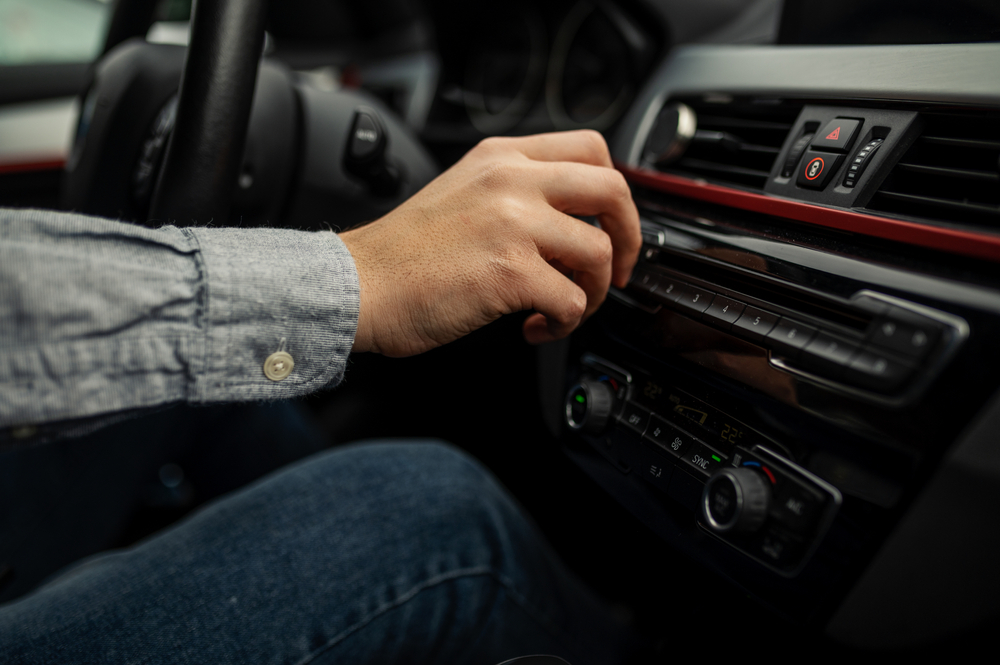While you may have heard of musicians tuning their instruments prior to performing, did you know that this important sound-related area is not confined only to professionals? Tuning can be done on a variety of audio formats, including your car stereo and speaker system – and, in fact, may have a bigger impact on sound quality than you could have ever predicted.
At Laketown Speed and Sound, we’re here to not only offer high-quality car audio installation and stereo services, but also to assist our clients with long-term care and methods to ensure they get the best sound possible for years to come. We’ve helped numerous clients with tuning and related needs for their audio system, whether or not we were the ones who installed it. Whether on your own or with the assistance of our professionals, this two-part blog series will go over a number of basic elements to consider when looking to tune your audio system for optimal sound quality.

Why Tuning Matters
You might be wondering: Why does tuning matter for my stereo and sound system? Simply put, it can have an enormous impact on your sound. Especially when you have aftermarket car audio features like specialty speakers, amplifiers and subwoofers, these offer you the ability for numerous different sound settings and templates – and tuning is the process that allows you to take advantage of this.
Our next several sections will go over the important areas to look at when tuning an audio setup.
Equalizer Basics
The stereo’s equalizer, abbreviated EQ in audio circles, is likely the single most important component involved in tuning your setup. The EQ can be tuned to improve sound reproduction, which it does through themes like removing audio peaks and dips between frequencies – these interruptions cause harsher sound than what you want.
For simpler stereo systems, EQs will come with just three “bands,” or settings. However, there are more complex options that include over a dozen different bands, allowing for incredibly fine division of frequency groups that mean you can control your audio to a distinct degree.
Setting up EQ
So how do you tune an EQ properly? This begins with the use of a real-time analyzer, or RTA, which measures the sound in your car. Before you worry, an RTA isn’t tough or expensive to procure: You can even download an RTA app on your smartphone. In addition, you’ll need a pink noise generator to help with sound pickup, though most RTA apps contain this already.
While running the RTA app, play pink noise through your car stereo. The app will display a graph of your frequencies – and because it’s pink noise that’s playing, which is precisely even, there should be no major gaps between any of the frequencies, with a max gap of around 3-dB.
If this is not the case, you can make adjustments using your EQ bands. You may have to perform a few different tweaks and tests using the RTA until you eventually find the ideal range that gives you an even reading on your RTA graph. If you’re unsure about any part of this process, our audio professionals will be happy to help.
For more on tuning a car stereo, or to learn about any of our car audio, window tint or other vehicle services, speak to the staff at Laketown Speed and Sound today.



